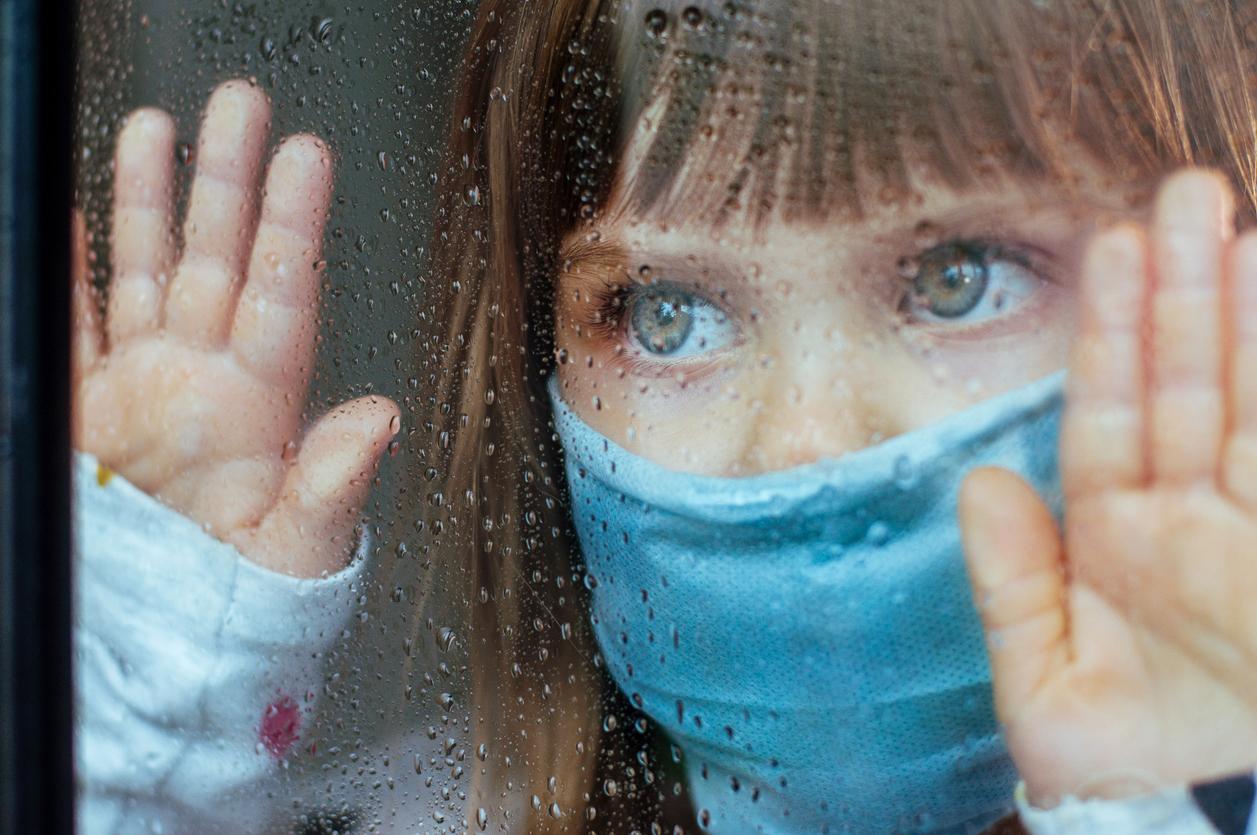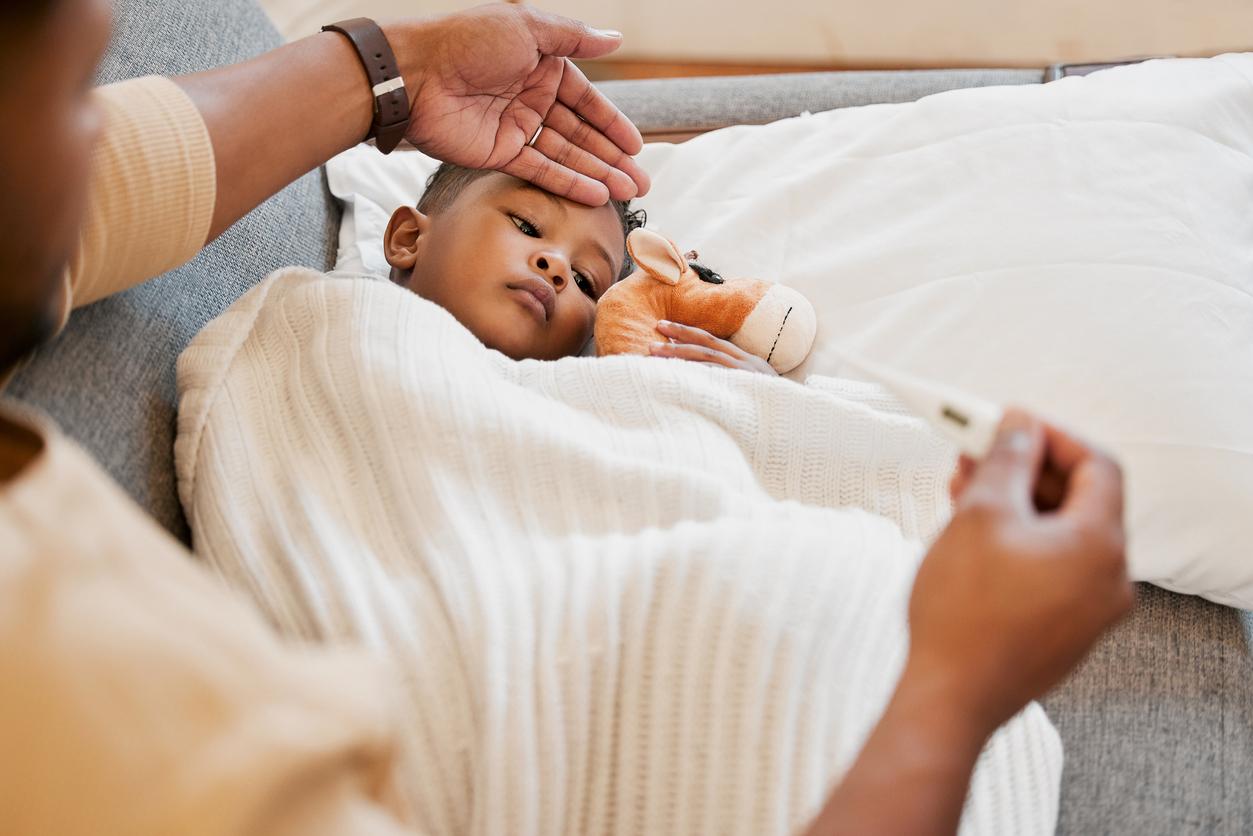Naturally, the lymph nodes, which have the shape of a bean, measure barely a few millimeters. They are the relays and filters of the lymphatic system, a network of which one of the major functions is to provide us with the white blood cells which allow us to defend ourselves against pathogenic agents. “If the lymph nodes grow when there is a viral infection, it is precisely because they reflect the activity of immune cells. They are in a way the garbage collectors or the dumping ground of the organization” explains Dr. Benjamin Azémar, pediatrician at the Saint-Denis-de-La-Réunion University Hospital and author of The pediatrician’s advice in an emergency situation: what to do? when to consult? (ed. Vigot).
Where are the ganglia?
They can be found in various places: in the neck, at the back of the skull, above the collarbones as well as at the level of the groin and under the armpits. If it is common for them to become bulky in juniors, especially in preschool and kindergarten, it is because their bodies “get acquainted” with a number of virus strains, unlike that of adults who more used to it. “The child is also more likely to catch these germs, because he is in a community and allows himself more promiscuity with those he meets” says the doctor.
How is it treated?
When they are small, mobile, bilateral, painless and without modification of the skin, these growths generally do not present any character of gravity. Colds and infectious mononucleosis are thus major providers, but in these cases they are completely benign. It is then sufficient to treat the symptoms (fever, runny nose, etc.) associated with them so that the child gets better and the glands regress spontaneously in the days that follow.
>> On the other hand, it is advisable to have them examined by a doctor when one or more of them are very prominent, hurt and stay the same for several weeks without diminishing or disappearing. This may first indicate that they are superinfected, whatever the initial cause.
When should you be alarmed?
Be particularly vigilant if you observe a skin lesion nearby or if they have occurred as a result of trauma. “In the presence of a large purulent and rather ugly ganglion on the arm, one can for example suspect a cat scratch disease” details our expert. Much more rarely, swelling of this type may be a sign of a more severe condition, of tumoral origin, such as lymphoma or leukemia, inflammatory, style juvenile idiopathic arthritis or Kawasaki syndrome or autoimmune, at the like lupus.
“If a lymph node is isolated, if it lasts a long time, parents should not not hesitate. We must consult” concludes the pediatrician.
Read also :
- 9 ways to strengthen your lymphatic system
Our expert: DR Benjamoin Azémar, pediatrician at Saint-Denis-de-La-Réunion University Hospital
















